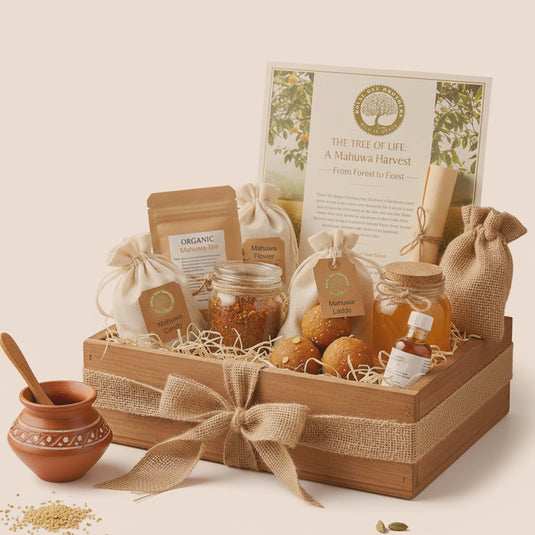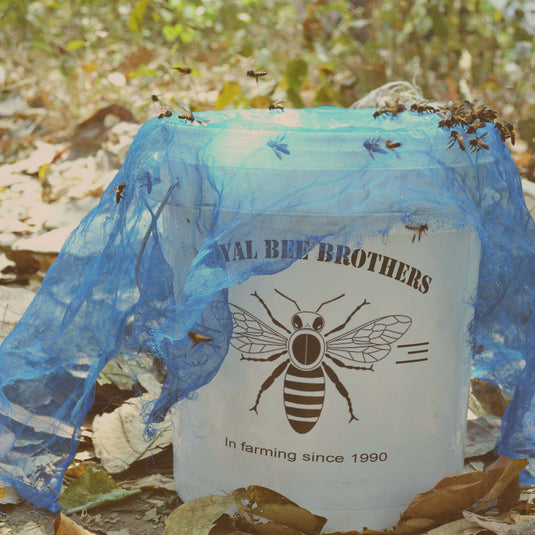Honey has been used for centuries as a natural sweetener and as a traditional remedy for a variety of ailments. However, despite its long history of use, there are many myths and misconceptions surrounding honey. In this article, we will examine some common honey myths and separate fact from fiction.
Myth: Honey never spoils
Fact: While it is true that honey has a long shelf life, it is not true that it never spoils. Honey is a natural food product that can contain small amounts of bacteria, yeast, and other microorganisms. Over time, these microorganisms can multiply and cause the honey to spoil. To prevent spoilage, it is recommended to store honey in a cool, dry place and to use it within two years.
Myth: Honey is a natural cure for allergies
Fact: While there is some evidence to suggest that local honey may help to reduce symptoms of seasonal allergies, such as hay fever, it is not a cure for allergies. Honey contains small amounts of pollen, which can help to desensitize the body to allergens. However, the amount of pollen in honey is not enough to cure allergies, and it is not a substitute for allergy medication or other treatments.
Myth: Honey is a healthier sweetener than sugar
Fact: While honey does contain some beneficial nutrients and antioxidants, it is still a form of sugar and should be consumed in moderation. Honey is a concentrated source of calories and can contribute to weight gain and other health problems if consumed in excess. It is important to remember that all forms of sugar, including honey, should be used sparingly as part of a balanced diet.
Myth: Honey can heal wounds and burns
Fact: While honey does have antibacterial and anti-inflammatory properties that can help to prevent infection and promote healing, it is not a substitute for medical treatment. For serious wounds or burns, it is important to seek medical attention and follow the advice of a healthcare professional.
Myth: Dark honey is better than light honey
Fact: The color of honey does not indicate its quality or nutritional value. The color of honey is determined by the type of flowers that the bees collect nectar from, and the climate and soil conditions in the area where the honey is produced. Lighter honeys may have a milder flavor, while darker honeys may have a more robust flavor.
Myth: Honey can cure cancer
Fact: There is no scientific evidence to suggest that honey can cure cancer. While honey does contain some beneficial nutrients and antioxidants, it is not a cure for any disease. It is important to rely on scientifically-backed treatments for cancer and other serious illnesses.
Myth: Honey is safe for infants under one year old
Fact: Honey should not be given to infants under one year old, as it can contain spores of a bacteria called Clostridium botulinum. In infants, these spores can grow and produce a toxin that can cause a serious illness called infant botulism. It is recommended to wait until after the child's first birthday before introducing honey into their diet.
Myth: All honey is created equal
Fact: Honey can vary widely in flavor, color, and nutritional content depending on the type of flowers that the bees collect nectar from, and the climate and soil conditions in the area where the honey is produced. Different types of honey may have different health benefits and culinary uses, so it is important to choose honey that is appropriate for your needs.
In conclusion, there are many myths and misconceptions surrounding honey. While honey does have some beneficial properties, it is not a cure-all for any health condition. It is important to rely on scientifically-backed information and to use honey


